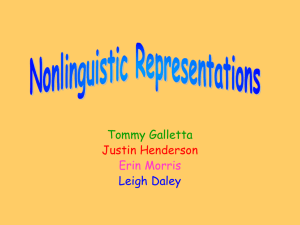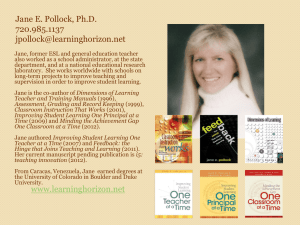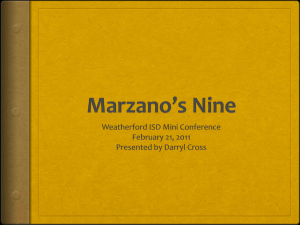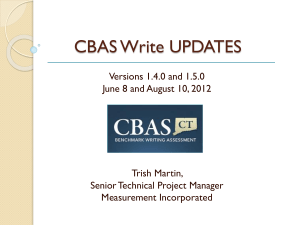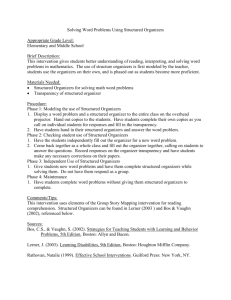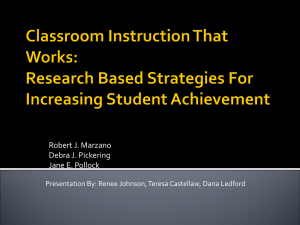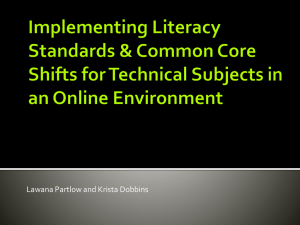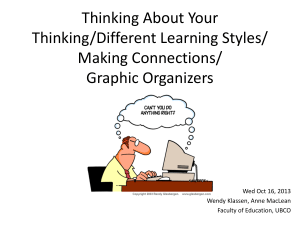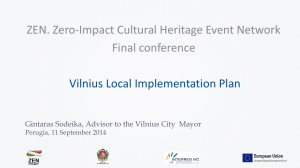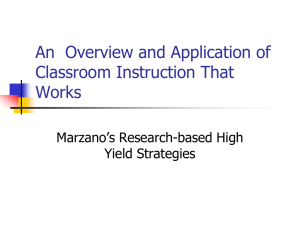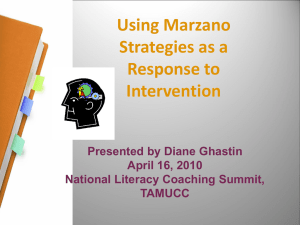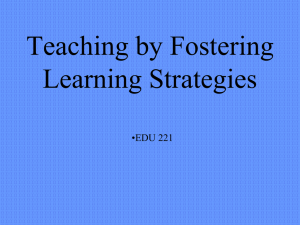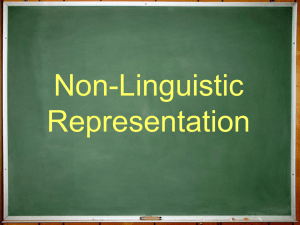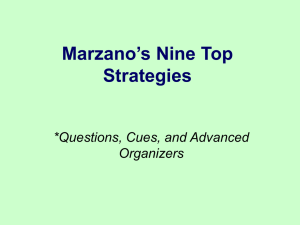Advance Organizers and Nonlinguistic Representation
advertisement
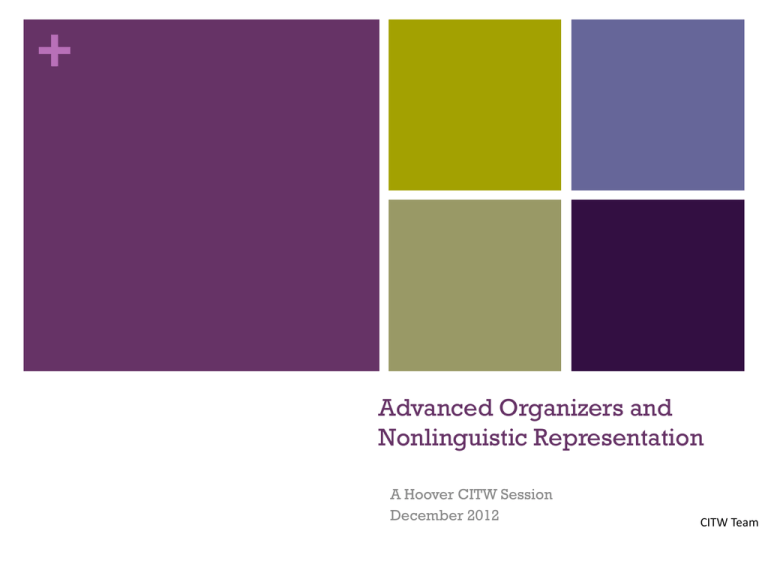
+ Advanced Organizers and Nonlinguistic Representation A Hoover CITW Session December 2012 CITW Team Advance Organizers and Nonlinguistic Representation Educational researchers have shown that the activation of prior knowledge is critical to learning of all types. •In what ways do you activate prior knowledge in your classroom? •What role does this prior knowledge play in new learning? + Generalizations from the Research: Advance Organizers Focus on what is important as opposed to what is unusual Higher level organizers produce deeper learning than lower level organizers Organizers are most useful with information that is not well organized Different types of organizers produce different results Classroom Practice In Advance Organizers Expository Advance Organizers (describing the content) Narrative Organizers (telling the information in a story format) Graphic Advance Organizers Classroom Practice In Advance Organizers Skimming the Text (read the bold print or summary) + Research on Learners 18% are auditory learners 32% are visual learners 25% are tactile learners 25% are kinesthetic learners Greater than 50% of learners are nonlinguistic! + What is Nonlinguistic Representation? Expressing as/through information Mental pictures Physical sensations such as smell, taste, touch Kinesthetic association Sound + How to Use Nonlinguistic Representation Graphic Make organizers Physical Models Generate Draw Mental Pictures Pictures and Pictographs Engage in Kinesthetic Activity + Examples of Nonlinguistic Representation Descriptive Patterns Time-Sequence Patterns Process/Cause- Effect Patterns Episode Patterns Generalization/ Principle Patterns Concept Patterns + Descriptive Patterns They can be used to represent facts about specific persons, places, things, and events. The information does not need to be in any particular order. + Time-Sequence Patterns Organize events in a specific chronological order + Process/Cause-Effect Patterns Organize information into a casual network leading to a specific outcome or into a sequence of steps leading to a specific product EFFECT + Episode Patterns Organize information about specific events including: - a setting (time and place) - specific people - specific duration - specific sequence of events - particular cause and effect Episode Patterns PLACE DURATION TIME CAUSE PERSON EPISODE PERSON EFFECT PERSON + Generalization/Principal Patterns Organize information into general statements with supporting examples Principle Example Example Example + Concept Patterns The most general of all patterns Organize information around a word or phrase that represents entire classes or categories of persons, places things, and events Concept Patterns Example CHARACTERISTIC CONCEPT CHARACTERISTIC CHARACTERISTIC Example Example Example Example Example Example + Make Physical Models Concrete representation of the knowledge that is being learned Souvenirs/tokens 3D models – dioramas File folder reviews Do the students know how the model connects to the learning? + Draw Pictures and Pictographs Symbolic pictures that represent the knowledge that has been learned Flip books Illustrate vocabulary Do the students know how the picture connects to the learning? + Engage in Kinesthetic Activity Physical movement associated with knowledge generates a mental image of the knowledge in the mind Mental Role images/pictures playing/charades Hand/body movements “Actions speak louder than words”
